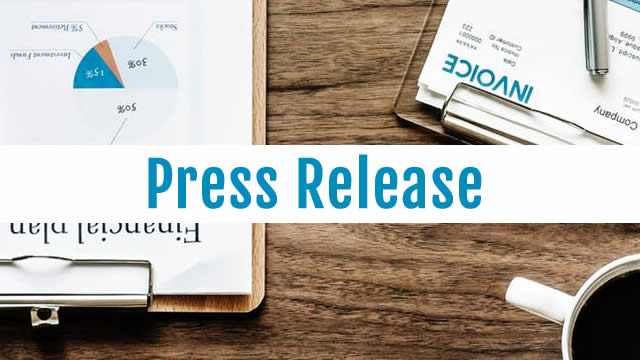Aehr Test Systems: Overcoming Challenges and Diversifying for Future Growth
Aehr Test Systems (AEHR), a leading supplier of semiconductor test and reliability qualification systems, has faced a series of challenges that have caused a sharp underperformance since early 2024. These challenges include weak sales of silicon carbide (SiC) products and intense competition from larger players in the semiconductor industry.
Weak Silicon Carbide Sales
SiC is a high-performance material used in various applications, including power electronics and radio frequency (RF) components. AEHR had high hopes for its SiC product line, but sales have been disappointing. This is due in part to the slow adoption of SiC technology in the market and competition from other SiC suppliers.
Intense Competition
AEHR also faces intense competition from larger semiconductor companies such as Teradyne, Advantest, and Tokyo Electron. These companies have deeper pockets and more resources to invest in research and development, making it difficult for AEHR to keep up.
Diversifying Revenue Streams
Despite these challenges, AEHR remains a buy due to its low valuation and potential EPS growth. The company is diversifying its revenue streams by expanding into AI processors, which could drive future growth. AEHR’s new products, such as the WaferPorter and FOX-XP, are designed to test and qualify AI processors and other advanced semiconductor devices.
Expansion into AI Processors
The global AI chip market is expected to grow at a compound annual growth rate (CAGR) of 44.1% from 2022 to 2029, according to a report by Grand View Research. AEHR’s entry into this market comes at an opportune time, and the company’s expertise in semiconductor test and reliability qualification systems makes it well-positioned to capture a share of this growing market.
Key Risks
Despite these potential growth opportunities, there are key risks that could impact AEHR’s future performance. These risks include ongoing supply chain issues, competition, and uncertainties in the SiC market.
- Supply Chain Issues: The ongoing COVID-19 pandemic and geopolitical tensions have caused disruptions in global supply chains, impacting AEHR’s ability to source components and deliver products to customers.
- Competition: AEHR faces intense competition from larger semiconductor companies, which have deeper pockets and more resources to invest in research and development.
- Uncertainties in the SiC Market: The slow adoption of SiC technology in the market and competition from other SiC suppliers continue to be a challenge for AEHR.
Recent Positive Economic Data from China
Recent positive economic data from China, AEHR’s largest market, offers hope for a turnaround. China’s economy grew by 7.9% in the third quarter of 2022, according to the National Bureau of Statistics. This growth is driven in part by increased investment in technology and infrastructure.
Impact on Individuals
For individual investors, AEHR’s diversification into AI processors could present an opportunity for high returns if the company is able to capture a significant share of the growing AI chip market. However, investors should be aware of the key risks and potential challenges facing the company.
Impact on the World
AEHR’s expansion into AI processors could have a significant impact on the semiconductor industry as a whole. The growing demand for AI chips is expected to drive innovation and investment in this area, leading to new technologies and applications. However, increased competition and supply chain disruptions could also impact the industry negatively.
Conclusion
AEhr Test Systems has faced significant challenges in recent years, including weak silicon carbide sales and intense competition. However, the company’s low valuation and potential EPS growth make it an attractive investment opportunity. AEHR’s diversification into AI processors could drive future growth, but the company faces key risks including ongoing supply chain issues, competition, and uncertainties in the SiC market. Recent positive economic data from China offers hope for a turnaround, but investors should be aware of these risks and challenges before making an investment decision.





